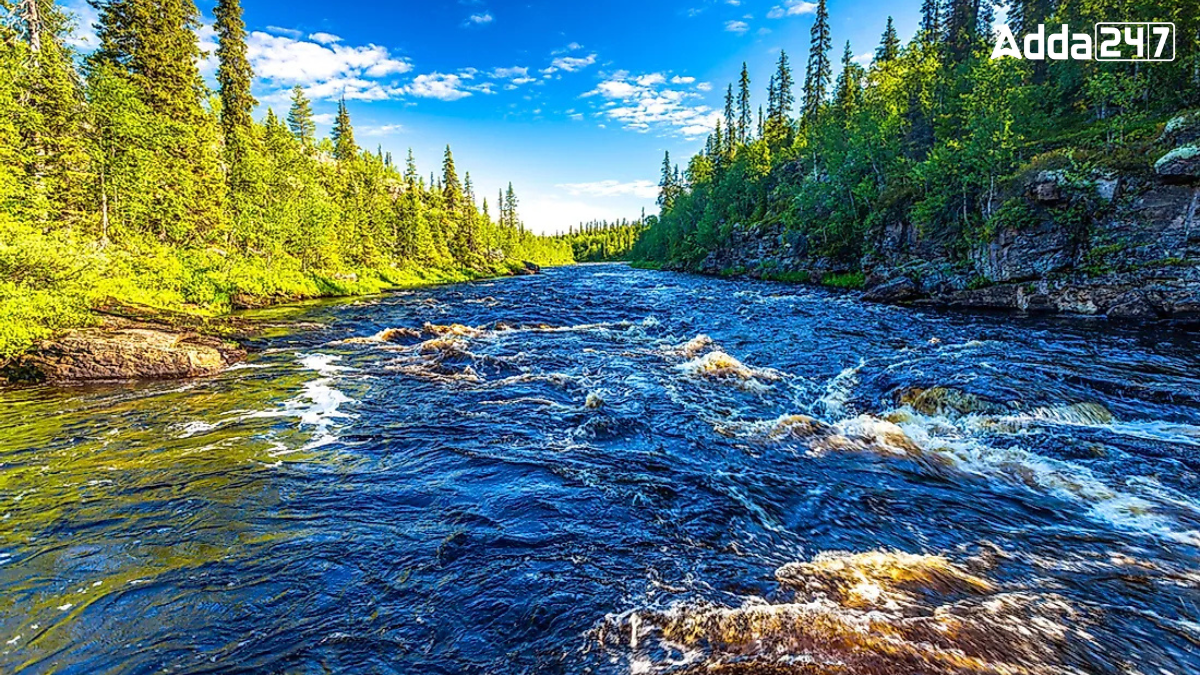India is home to many important rivers that support life, agriculture, and culture. Major rivers like the Ganges, Yamuna, Brahmaputra, and Narmada provide water for drinking, irrigation, and energy.
These rivers also hold religious significance and are central to many traditions and festivals, playing a vital role in the lives of millions. In this article, we will learn about the Indian river which is the lifeline of two Indian states.
The Teesta River is considered the lifeline of Sikkim and West Bengal. Flowing through these states and crossing into Bangladesh, this river supports life, culture, and biodiversity. The Teesta River is 414 kilometres (257 miles) long.
Origin of the Teesta River
The Teesta River starts in the Eastern Himalayas, specifically from the Pauhunri Glacier. This glacier lies in a remote and snowy region, high up in the mountains.
Journey Through Indian States
The river flows through the beautiful landscapes of Sikkim, providing water and sustenance to the people. After Sikkim, it travels through West Bengal, where it continues to support the population and agriculture. Once it reaches Bangladesh, it merges with the Brahmaputra River near Gaibandha.
Length of the Teesta River
The Teesta River is 414 kilometres (257 miles) long, making it an essential water source for the regions it passes through.
A Transboundary River
The Teesta is a shared river between India and Bangladesh, making it a transboundary river. It is the fourth largest transboundary river shared by the two countries, highlighting its importance for regional cooperation.
Other Names of the Teesta River
In Bangladesh, the Teesta River is sometimes called the Torsa River. This name reflects its identity and significance in different regions.
The Teesta River is not just a waterway but a lifeline that nurtures life, supports livelihoods, and connects two countries with its flow.



 Which Country is Known as the Land of Ch...
Which Country is Known as the Land of Ch...
 Which Bird is known as the King of Birds...
Which Bird is known as the King of Birds...
 Which City of Austria is Known as the Ci...
Which City of Austria is Known as the Ci...







